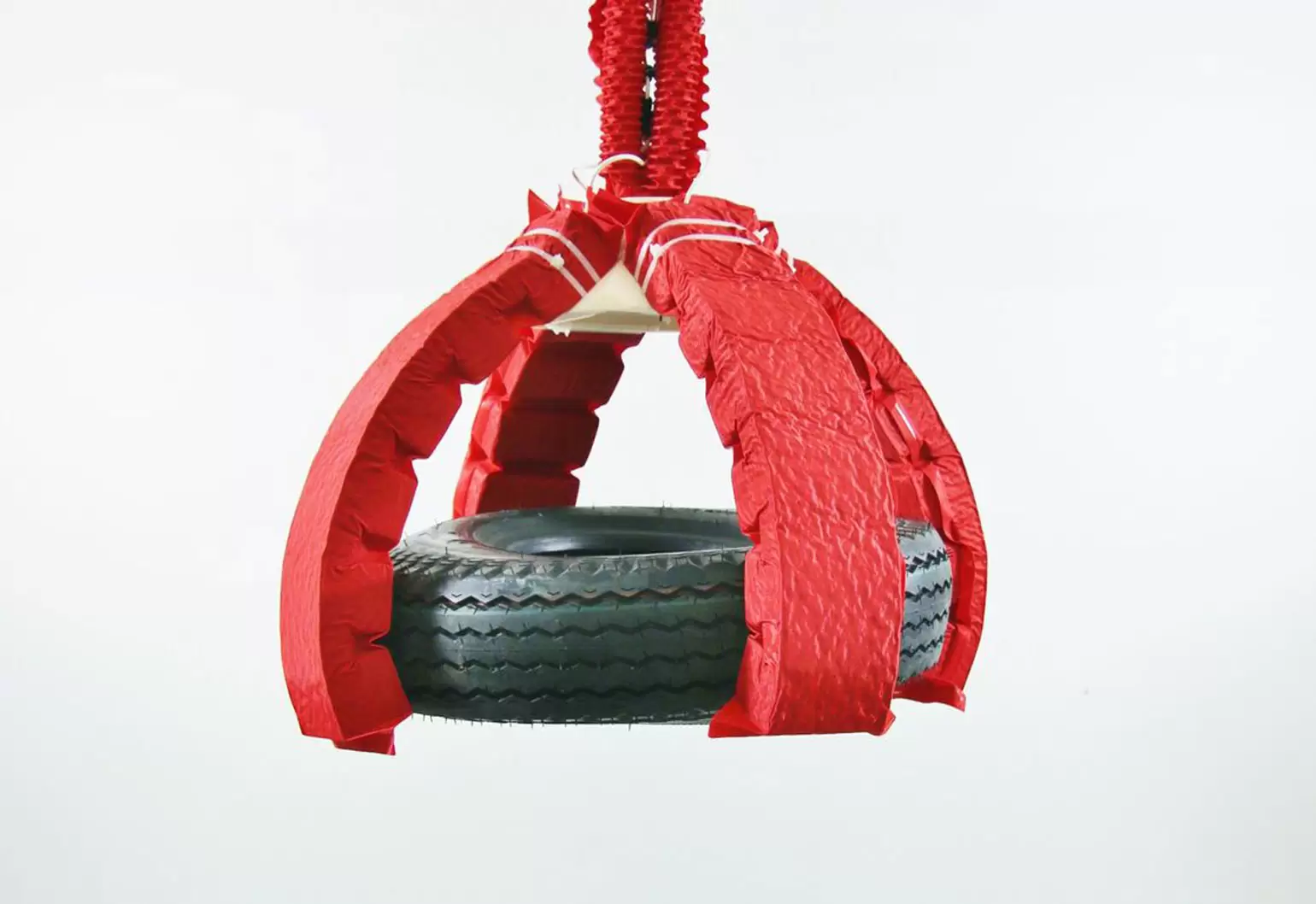Most robots rely on a system of rigid motors to lift heavy objects. But advances in soft robotics could see machines mimic the human musculoskeletal system to do heavy lifting.
Soft robotics has had promise for many years, but designing and fabricating artificial muscles for robots is usually limited by material costs, scalability and motion restriction. But now US researchers have crafted origami-inspired artificial muscles that allow soft robots to lift objects many times their own weight – at a cost of US$1 per muscle.
Researchers at MIT, CSAIL and Harvard’s Wyss Institute have developed a way to combine flexibility and dexterity with strength and resilience in soft robotics with an artificial muscle that uses an origami design.
“Artificial muscle-like actuators are one of the most important grand challenges in all of engineering,” said co-author Rob Wood, a professor of engineering and applied sciences at Harvard University.
“Now that we have created actuators with properties similar to natural muscle, we can imagine building almost any robot for any task.”
The muscles, or actuators, are made from a sealed bag of air or fluid built on a framework of metal coils or plastic sheets. A vacuum applied to the inside of the bag drives the muscle’s movement by collapsing the skin, creating tension.
“One of the key aspects of these muscles is that they’re programmable, in the sense that designing how the skeleton folds defines how the whole structure moves. You essentially get that motion for free, without the need for a control system,” said postdoc Shuguang Li.
Each can contract down to 10 per cent of its original size, and is strong enough to lift an object 1000 times its weight, yet delicate enough to lift a flower off the ground, according to the researchers.
The artificial muscles generate about six times more force per unit area than human muscle can. A 2.6 gram muscle can lift 3 kilos of weight “which is the equivalent of a duck lifting a car,” said the researchers.
The unique vacuum-based muscles have a lower risk of failure as well, and they don’t expand when they’re operating, meaning they can easily function in close quarters. Most applications for soft robotics are human-centric, so this is an important differentiator.
What’s more, each muscle can be constructed within about 10 minutes with a material cost of about US$1 – a great price per kilo deal.
“It’s like giving these robots superpowers … The possibilities really are limitless,” said Daniela Rus, the project’s senior lead and professor of electrical engineering and computer science at MIT.
The researchers think these muscled robots could be used for everything from small surgical implements, to wearable robotic exoskeletons, deep-sea exploration devices and even creating habitats on Mars one day.


